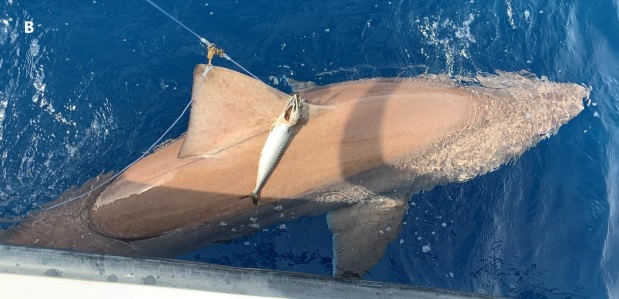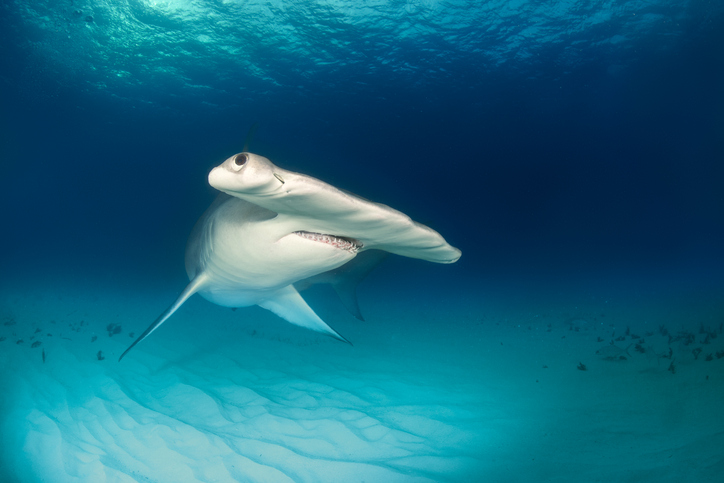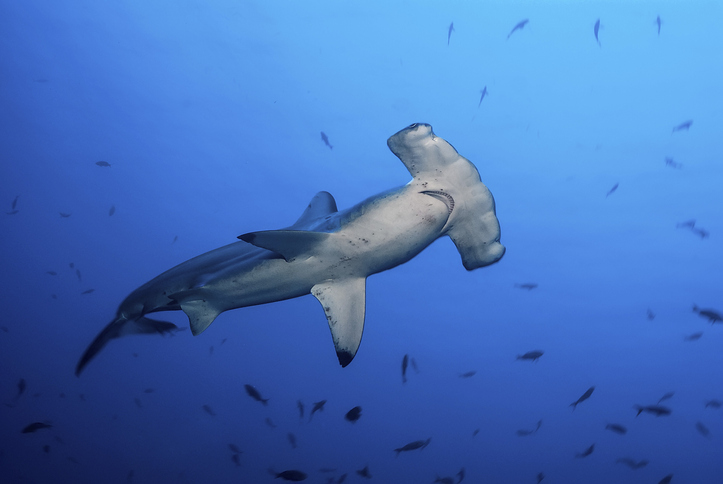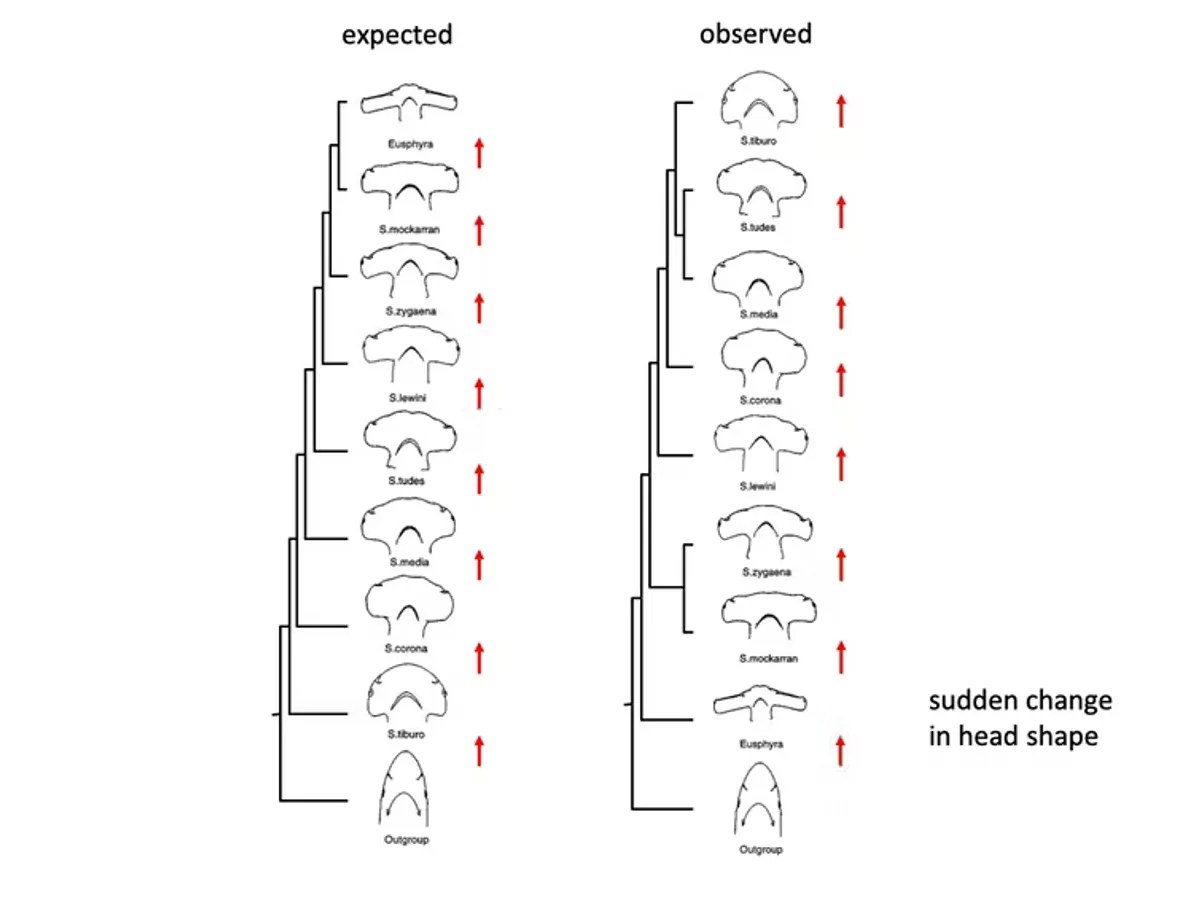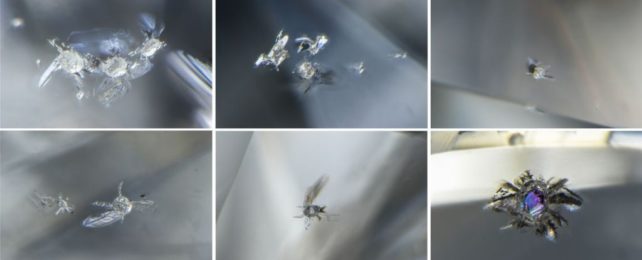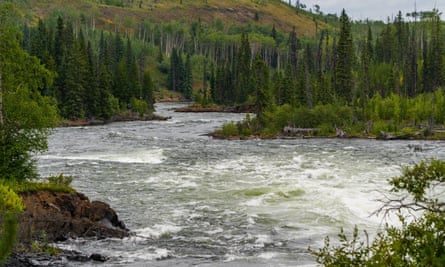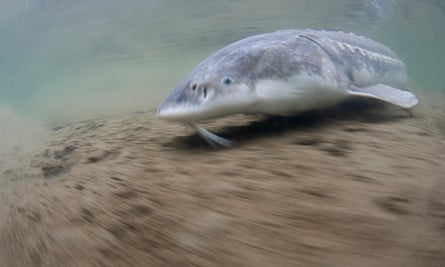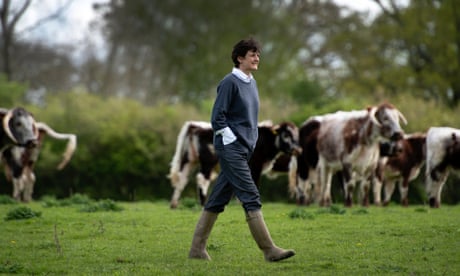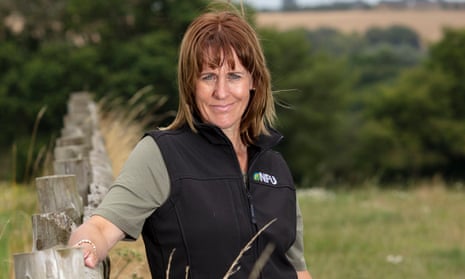Experts say ditching concrete and creating mini wetlands could help water systems cope better with effects of extreme weather
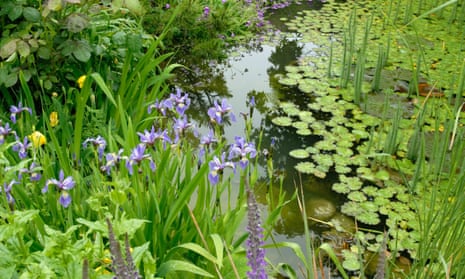
Helena Horton
Sun 25 Sep 2022
This year has seen one of the driest summers on record, with most of the country still officially in drought. Millions of people in England are under hosepipe bans because of water shortages, and reservoir and river levels remain low.
The solution to this? People should flood their gardens and create bogs in order to stop the effects of drought and reverse biodiversity loss, according to the head of Natural England.
Tony Juniper, who leads the government quango, said that concreted-over front gardens, and backyards which do not hold much water, could contribute to sewage spills into waterways as surface water runs off the hard or dry surfaces.
He recommended that people turn their gardens into wetlands, which can hold water and prevent run-off. This would also create habitats for many creatures.
“I was in a conversation the other day with a couple of colleagues in the water industry,” he told the Gathering nature festival at Wild Ken Hill in Norfolk. “Everyone knows about combined sewage outfalls, with sewage going into the rivers. Part of the problem there is rapid runoff coming off hard surfaces, where you’ve got a lot of water being put into the drains, which also get the sewage, and they overflow.”
He said that one of the measures water companies are now thinking about is catching water in gardens, and part of this could be about creating a miniature wetland in our backyards.
“It’s looking at the extent to which you might be able to interrupt water flow before it gets to the sewage and into the rivers,” said Juniper.
“And that’s an interesting way of engaging people who actually don’t see a connection between their house and the river – by going down this route of making gardens wilder to hold more water.”
Nature organisations agree, recommending that people create “bog gardens” which can help wildlife and store water. This could be a small, flooded corner of a garden in which insects thrive.
Ali Morse, water policy manager at the Wildlife Trusts, told the Observer: “There are 400,000 hectares of domestic gardens in the UK – a vast area covering much more than all the nation’s major nature reserves put together – and they have huge potential to help us tackle the interlinked climate and nature crises.
“Making your garden wilder and wetter will help wildlife and also play an important role in making your garden less prone to drought and in reducing pollution in local rivers.”
The loss or degradation of natural wetlands, she said, is linked to a huge decline in wildlife, from frogs and toads to water voles and insects.
“If you’ve no space for a traditional pond, consider a bird bath, a low-level water dish for hedgehogs and other mammals to drink from, a bog garden or a bucket pond, which can be a lifeline for insects such as butterflies and bees. Everything needs water. People are often amazed to discover the huge variety of aquatic wildlife that finds its way to ponds: dragonflies and damselflies, grass snakes, hedgehogs, foxes and birds all need water to survive.”
A spokesperson for the Rivers Trust agreed, adding that England has lost almost all of its wetlands as a result of farming and development.
“Groundwater from aquifers is critical during droughts and will be more so during climate extremes. Many aquifers have their recharge cut-off by impermeable, hard surfaces like roads, driveways and buildings. This means rainwater is diverted into storm water and can cause sewage overspills during heavy downpours. We need to rebuild local water cycles and allow this water to infiltrate and follow its natural path.”
Build back wetter: how to hold water in your garden
Remove hard landscaping to let rain soak away into the soil
Ponds and bog or rain gardens will retain water in times of heavy rain, helping to prevent flooding elsewhere; they also store water in times of drought
Install a water butt for capturing rain to prevent it from adding to the overloaded sewage system. You can also use this to top up your water features
